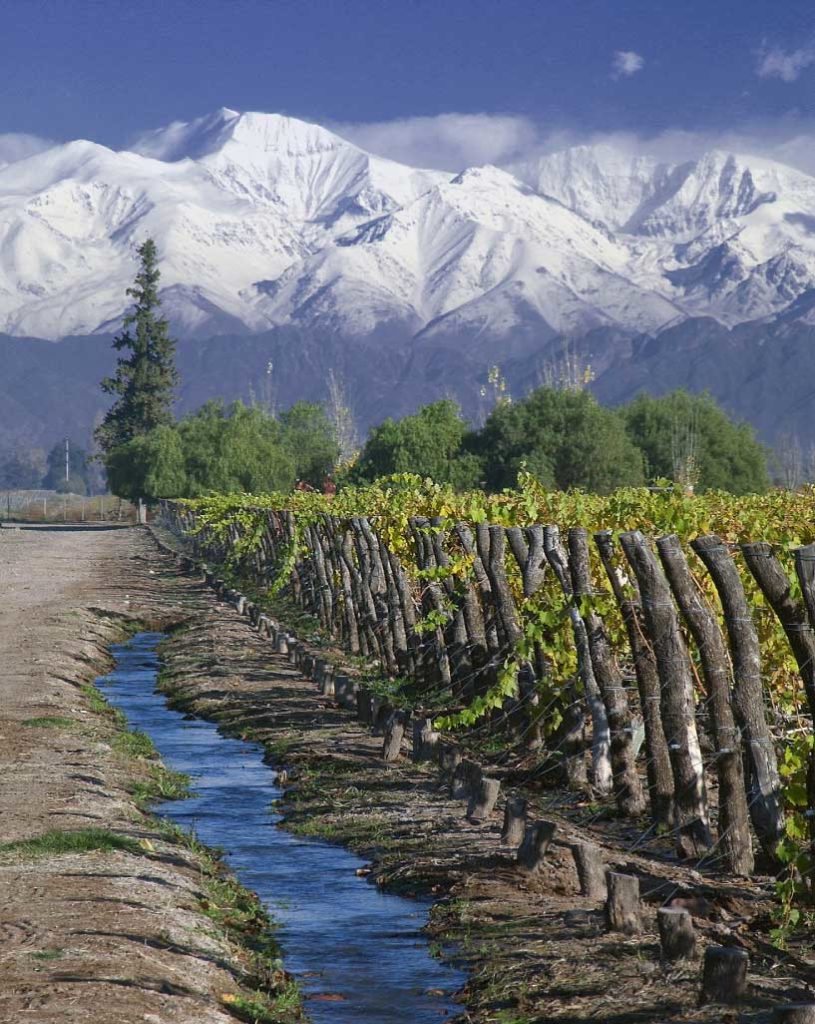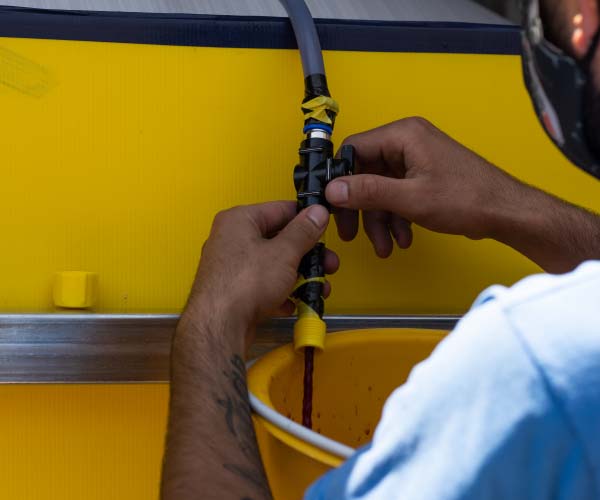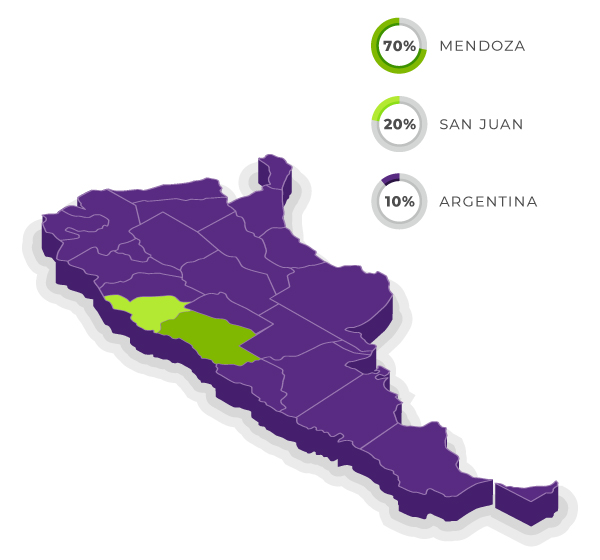BRIEF HISTORY OF THE VINE AND WINE IN ARGENTINA


Brief history of the vine and wine in Argentina
The history of Argentine viticulture dates back to the time of the Spanish colonization of America; The vine came from the hand of Catholic missionaries, who continued traditions similar to those of Europe in Latin America in terms of winemaking.
It is estimated that the first vines entered Argentina through the province of Santiago del Estero, around the year 1550.
Since 1853, a series of auspicious events -among which the pacification and constitutional organization of the country and the creation of a Quinta Normal de Agricultura (first School of Agriculture of the Argentine Republic) can be highlighted – viticulture gained new importance, especially in Cuyo, the most important producing region.
In 1884 this initial impulse was strengthened and energized with the installation of the railway that linked Mendoza and San Juan with Buenos Aires, the capital of the country. From then on, these provinces assume the role of suppliers of fruit and vegetable products and, especially, of wines to supply the national market and third countries.
A THRIVING INDUSTRY
Currently, the surface of vineyards in Argentina covers 214,798 hectares of vines, distributed in 18 provinces that present a marked diversity of soils and climates throughout the 3,800 kilometers of extension from north to south.
The activity directly and indirectly generates 385,000 job positions and is made up of more than 17,000 producers —95% of the producers own less than 50 hectares— and more than 1,000 wine establishments.


Our exportable offer
Access the most complete and reliable information on the Argentine wine offer in Argentina Bulk Wine Online
BULK WINE PRODUCTION


The production of wine in general, and bulk wine in particular, is concentrated mainly in the Cuyo region, with Mendoza at the top holding 70% of the production and San Juan, in second place, with 20%.
By the hand of Malbec, which makes up 55% of varietal bulk wine exports, Argentina goes out into the world with the ability to offer a wide range of varieties such as Torrontés, Chardonnay, Syrah, Cabernet Sauvignon, Merlot and Bonarda, which are currently the most demanded by our buyers.
WINE-GROWING REGIONS
Located in wide valleys or on sloping plains, the wine regions form a strip at the foot of the Andes Mountain, ranging from north to south from 23° to 45° latitude. In recent years, restless producers have pushed the wine frontier to the west, to the heights, and to the south and east, seeking the cold of the southern latitudes or the influence of the ocean.
From the high-altitude vineyards in the North, through the arid Cuyo and the plains of Patagonia, to the new projects on the edge of the Atlantic, Argentine wines offer an endless range of flavors that reflect the identity of each region.
To make a complete tour from North to South through the wine regions of Argentina, enter the link below:
